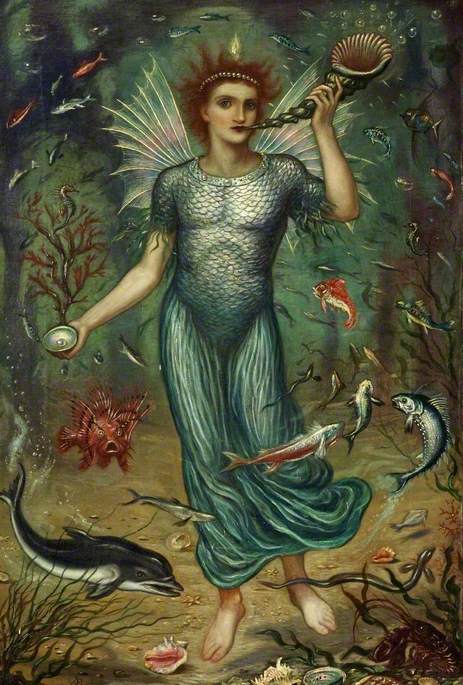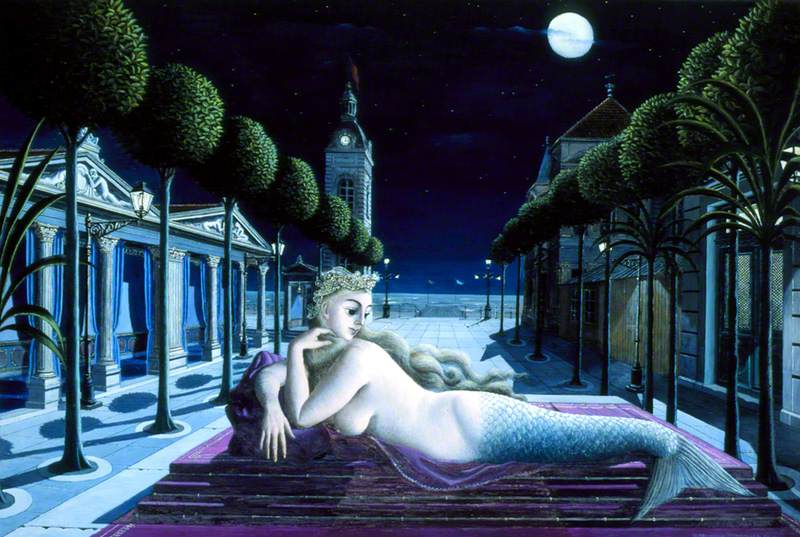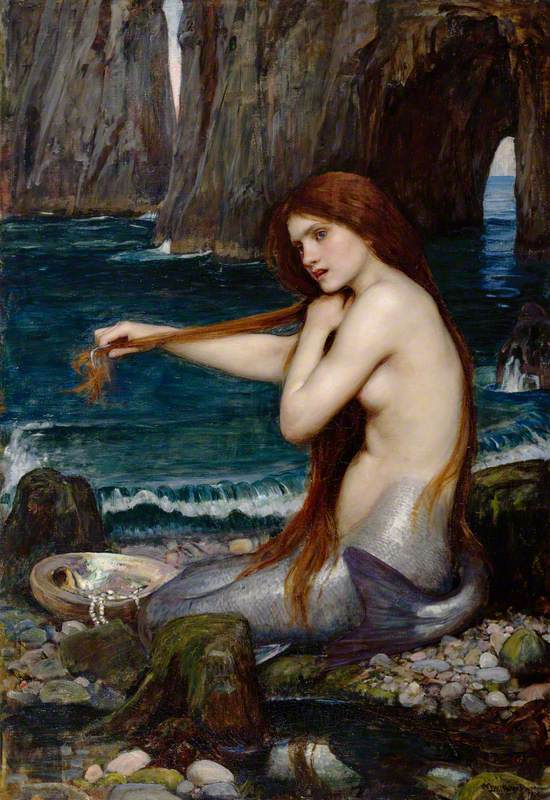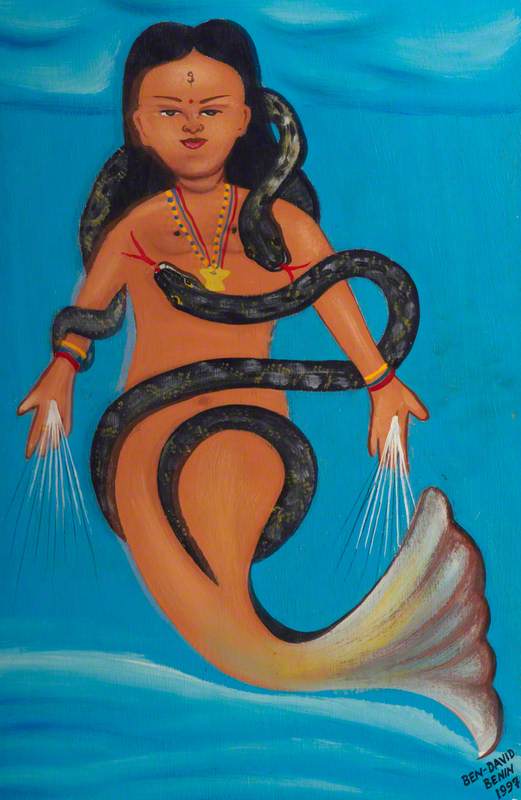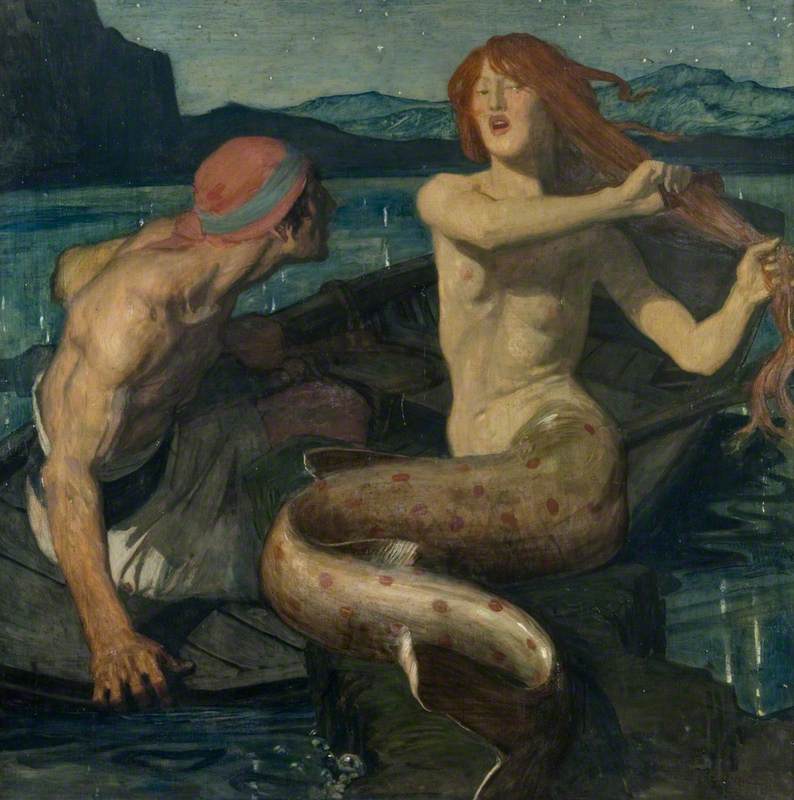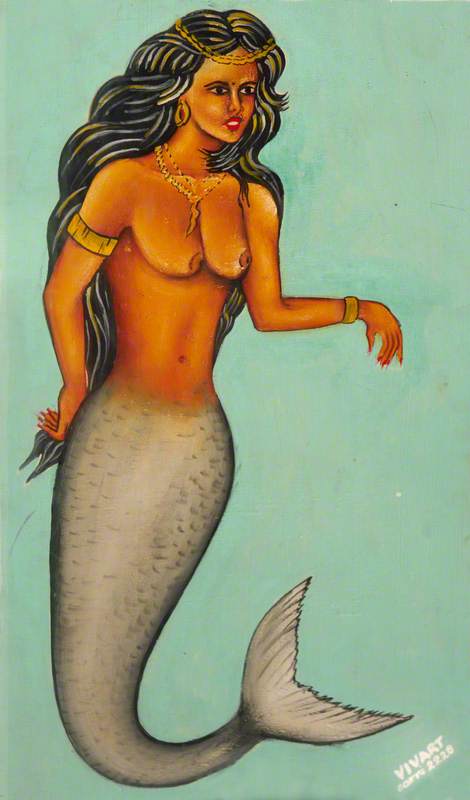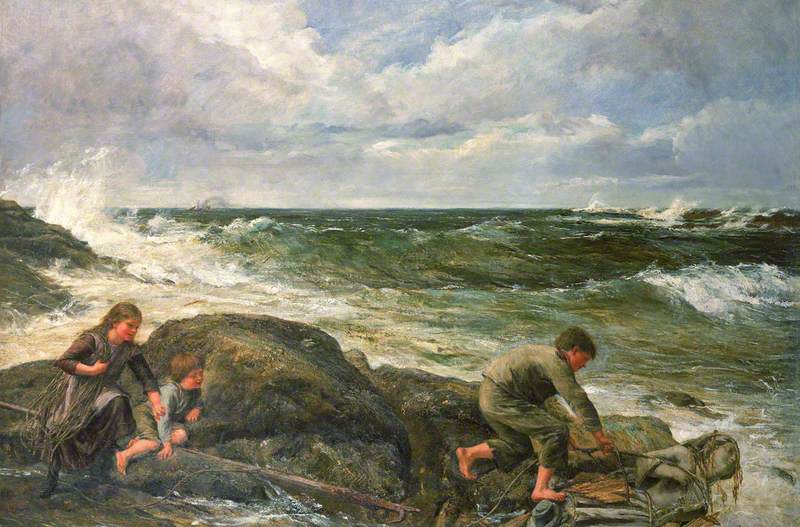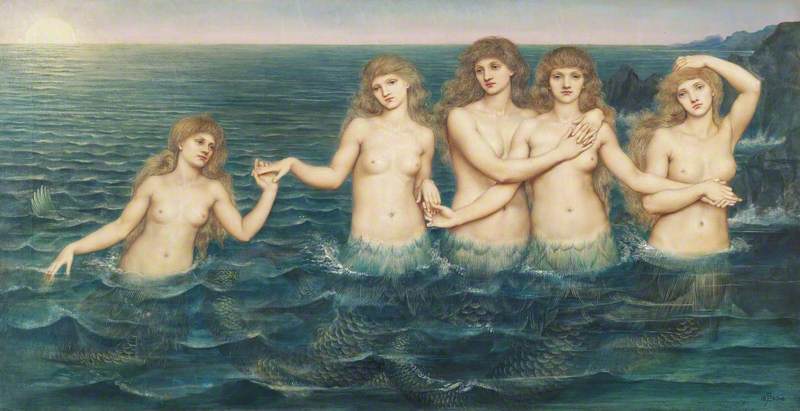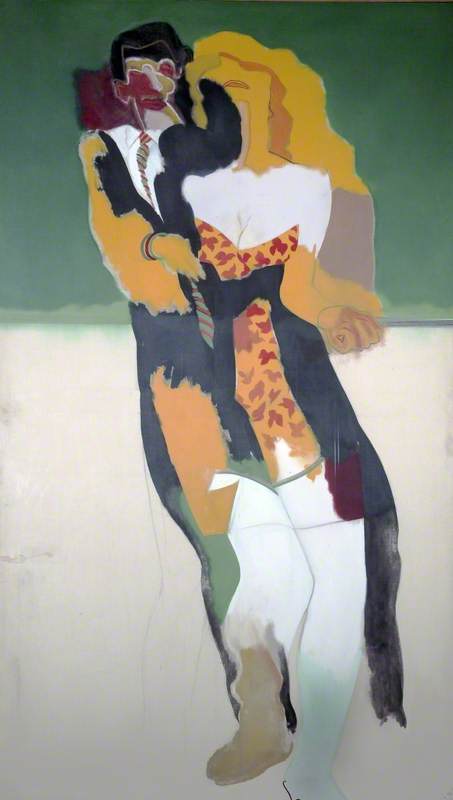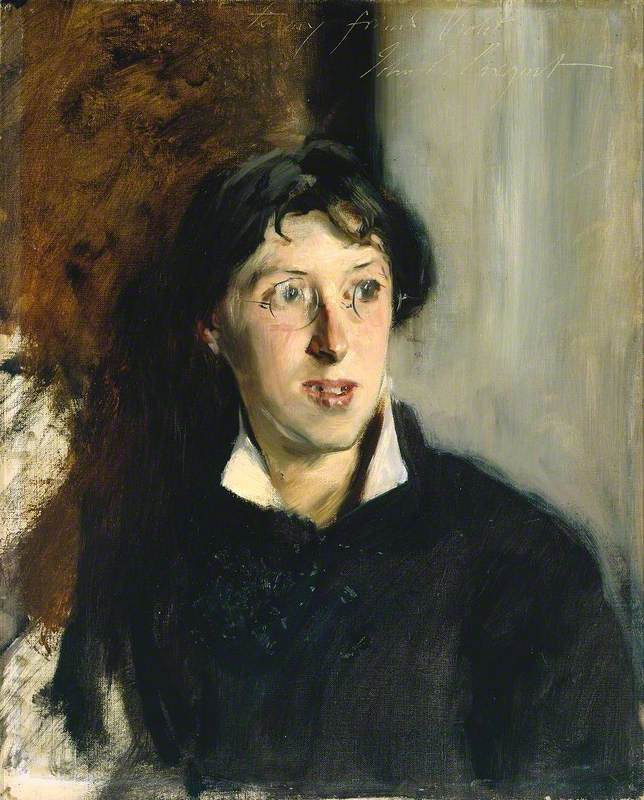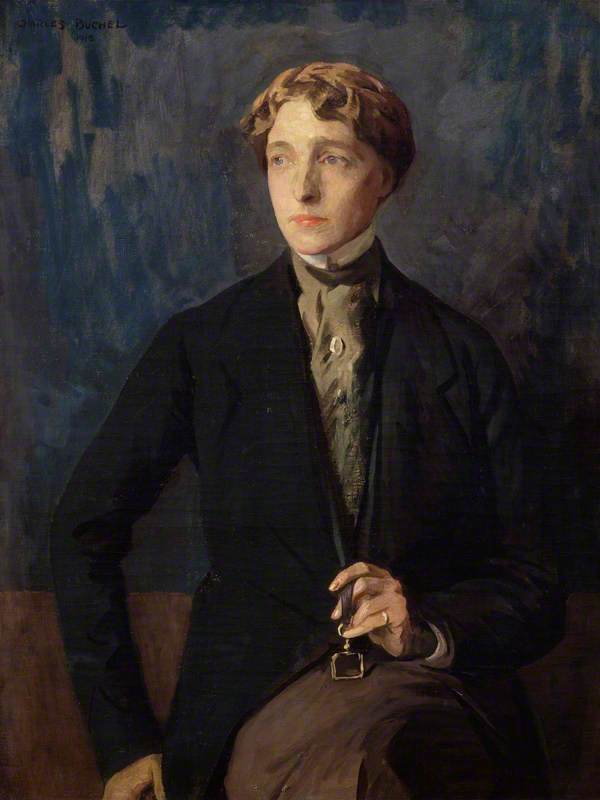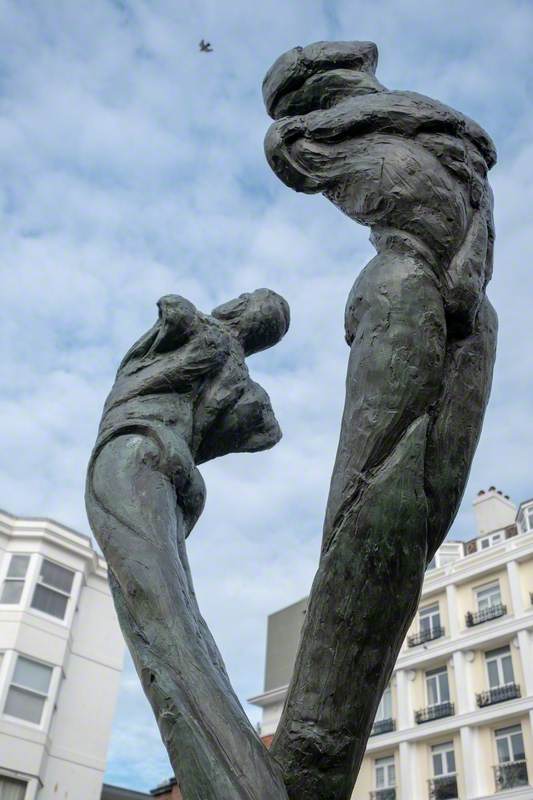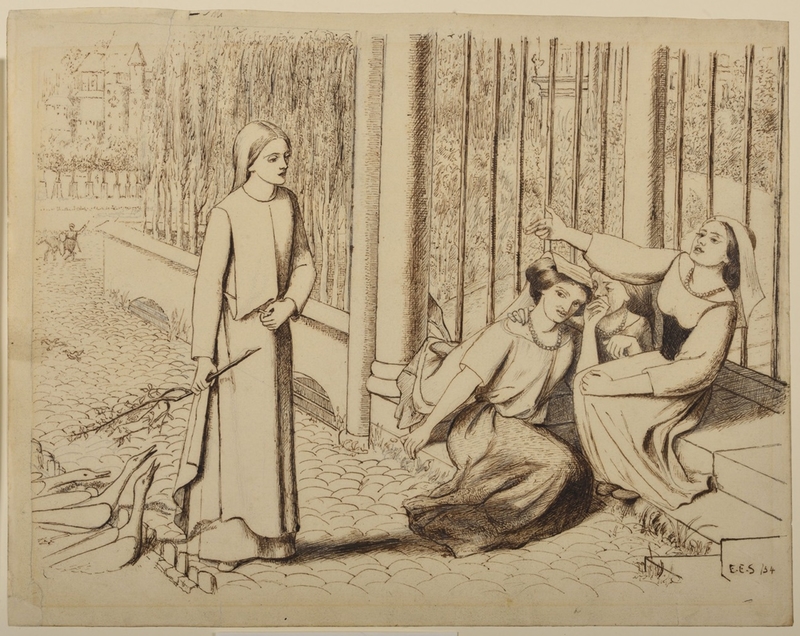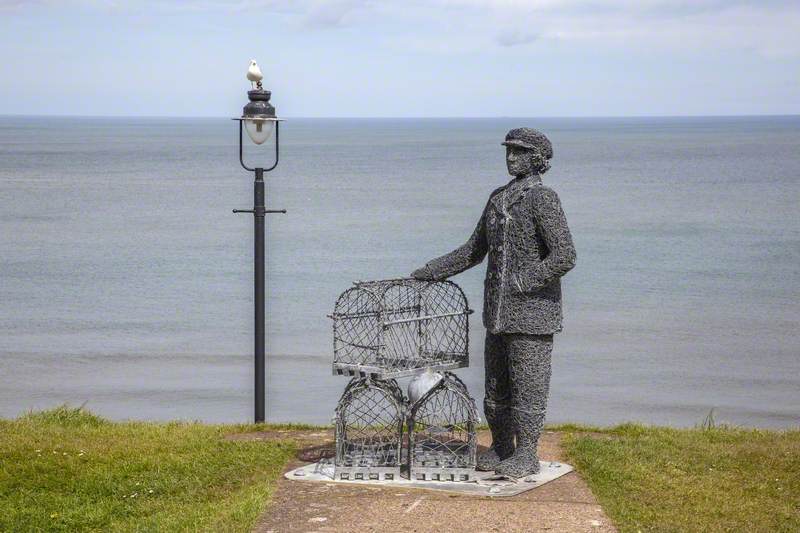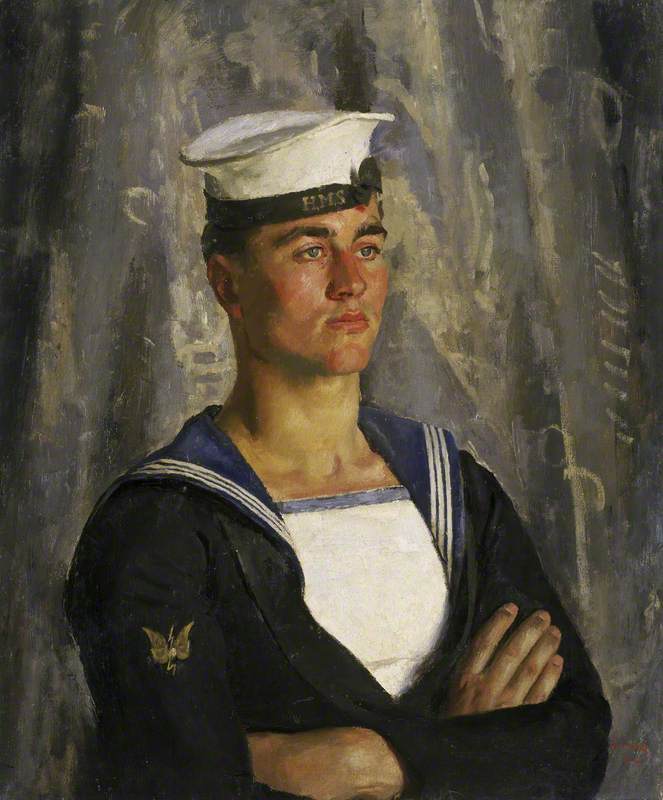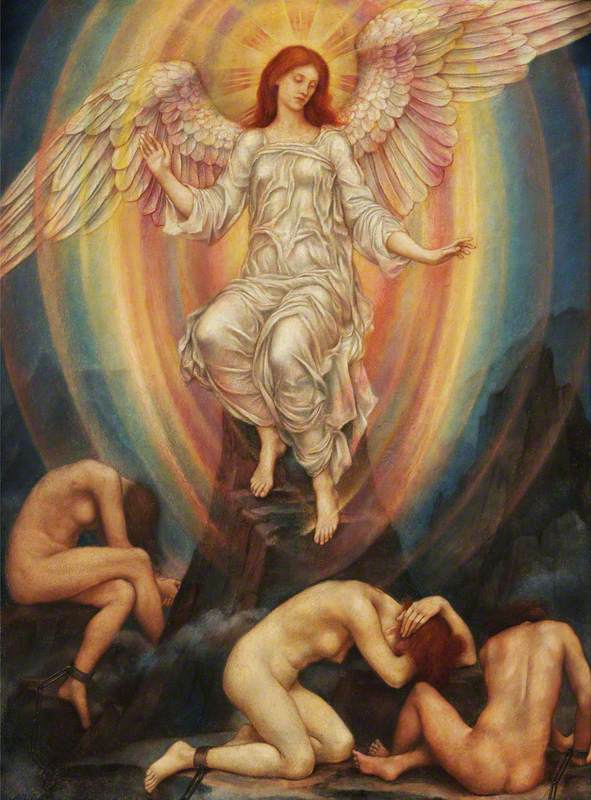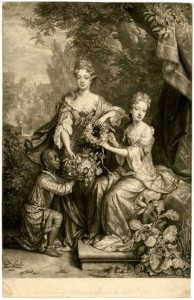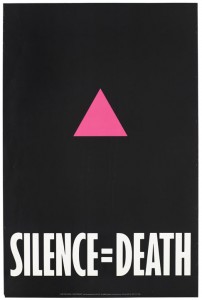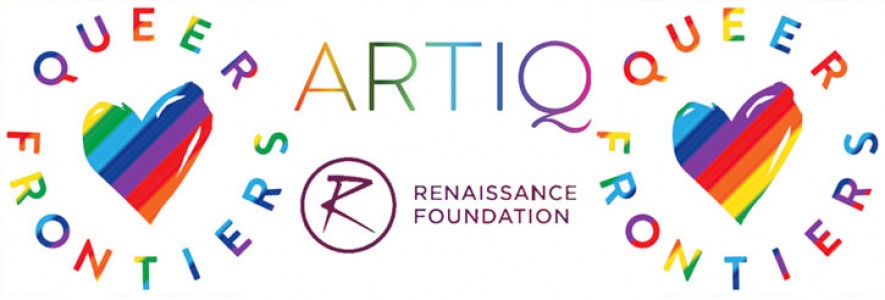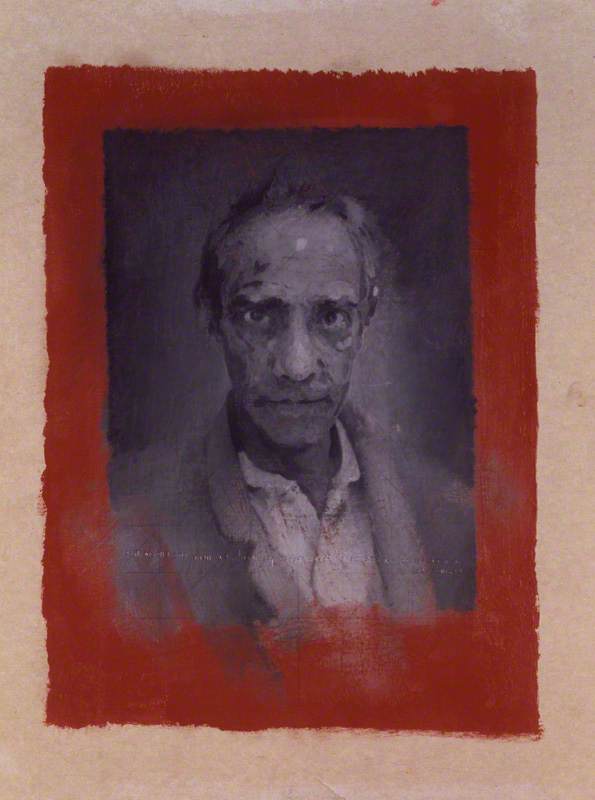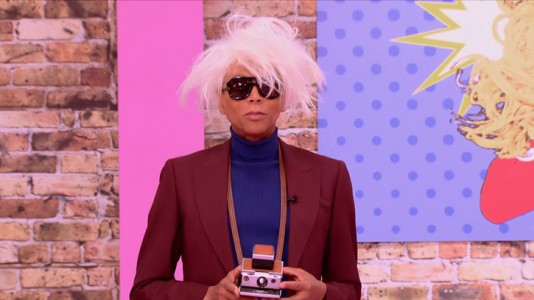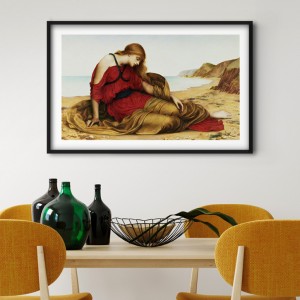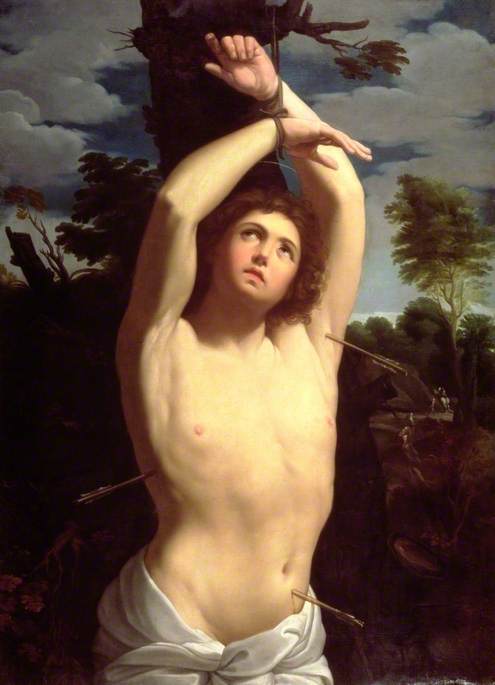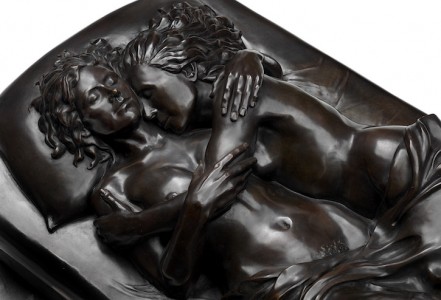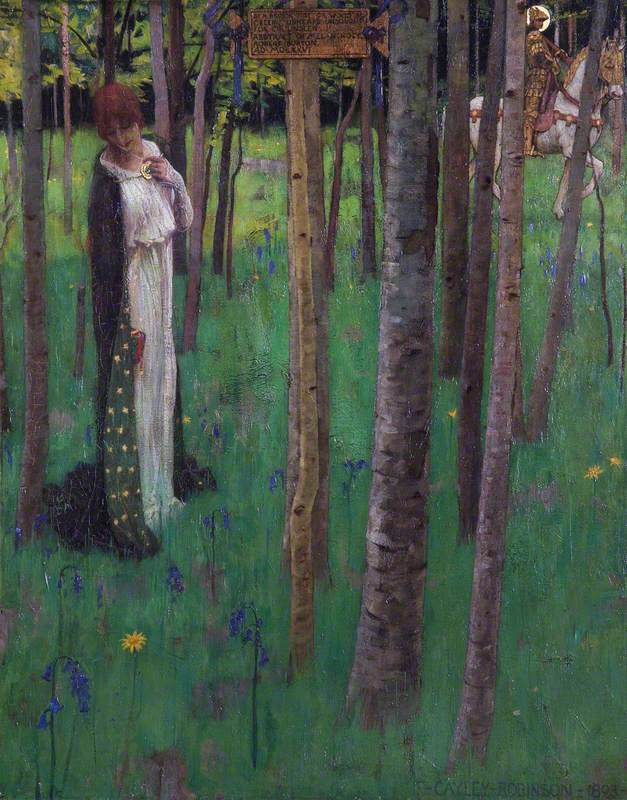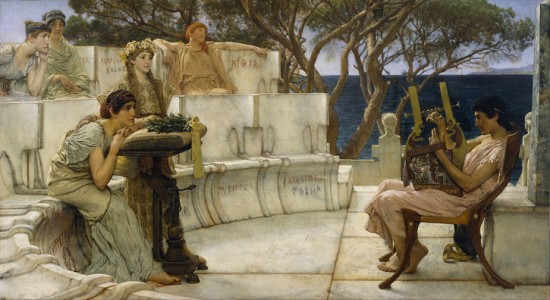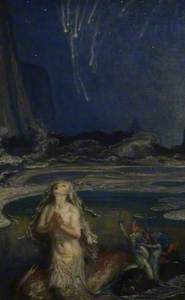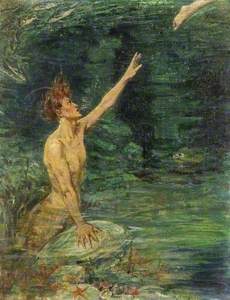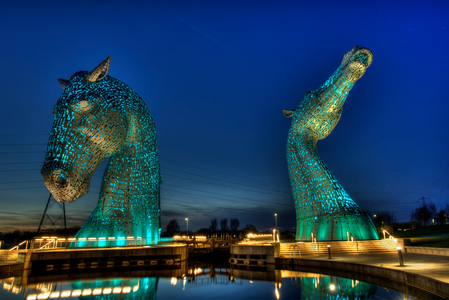Sacha Coward is the Community Participation Producer at Royal Museums Greenwich. His passion is working with the LGBTQ+ community and finding stories that connect gender and sexuality within museum collections. Sacha was the guest for our podcast episode discussing mythical creatures in art and the queer community.
Over the past year, I have developed a strange new obsession… with mermaids. This has taken me from talking at the British Museum for LGBT history month, to running a drag-filled screening of The Little Mermaid at the National Maritime Museum! I am not a curator or an art historian – if anything I would like to call myself a ‘mermaid hunter’. Today I would like to tell you a little about what this means and why mermaids are such a powerful symbol for the queer community.
It is worth pointing out that I will be talking about the western tradition of mermaids in mythology. Mermaids and water-dwelling beings are common around the world and in most cultures. This painting by Didier is of a West African elemental spirit known as a Mami Wata.
I work at Royal Museums Greenwich as the Community Participation Producer, meaning I am constantly coming into contact with depictions of the sea and mythical creatures. Mermaids, in particular, are a veritable plague among our collections: Naiads and Oceanids swarm over maps, sea nymphs hide in the background of portraits and muscular tritons herald naval victories. These figures
In this painting, Catching a Mermaid by James Clarke Hook at The Queen’s House in Greenwich, the ‘mermaid’ of the title is a figurehead discovered by children scavenging among the wreckage of a ship. She represents danger, fear
Whilst there is a childhood fascination with mythical creatures among many of us, I have spotted a trend in the LGBTQ+ community towards mythical and hybrid creatures – young queer youth proudly wear ‘mermaid hair’ and unicorn t-shirts. Instagram and Tumblr are full of gay men and women posing in rainbow-scaled regalia and life-size fish-tails. Yet whilst my interest was piqued by this projection in contemporary queer popular culture, it wasn’t until working with the transgender youth network Mermaids UK, on a project for a new gallery, that I truly became fascinated.
The Fisherman and the Syren
1856–1858
Frederic Leighton (1830–1896) 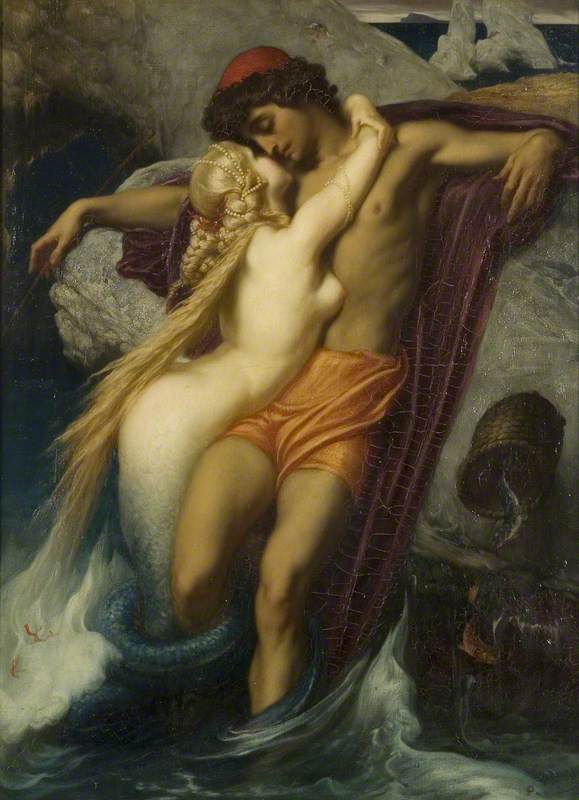
This painting by Frederic Leighton is a classic example of mermaids as beautiful and highly
Having spoken to parents and their kids who are part of Mermaids UK, they said that the mythological figures are a powerful symbol for them and the trans community because of their ability to
This painting by Robert Anning Bell depicts a mermaid praying for a soul, which is based on the depiction in Hans Christian Anderson’s fairytale ‘The Little Mermaid’, wherein mermaids do not have a soul and cannot go to heaven.
The reference that most of us have grown up with regarding mermaids is Hans Christian Anderson’s story ‘The Little Mermaid’ (1837). This, and the later Disney
Like the rainbow flag, they are synonymous with the LGBTQ+ community, but if you look deeper you can see that this connection is more than one of mere association.
This story has since been identified with by a number of known queer artists and writers. Oscar Wilde wrote ‘The Fisherman’s Soul’ in response to ‘The Little Mermaid’. Artist Evelyn De Morgan used the story as inspiration to paint The Sea Maidens. This depicts multiple versions of her love interest Jane Hales languishing as identical sensuous mermaids. So it seems the modern-day queer icon of the mermaid has a very queer pedigree.
This story was made even more commercial and world-renowned in 1989 with the release of the Walt Disney adaptation of ‘The Little Mermaid’. Whilst the film gives ‘Ariel’ both a name and a happy ending, it is worth noting that even here we see a strong queer influence. Howard Ashman wrote the songs for The Little Mermaid, including the hauntingly lonely Part of Your World. He later was diagnosed of HIV and tragically passed away whilst working on Disney’s follow-up Beauty and The Beast, which includes an epitaph crediting him as the man ‘who gave a mermaid her voice and a beast his soul’.
This illustration of a merman is by Egyptologist and painter Myrtle Florence Broome. Myrtle lived and
Nowadays mermaids, unicorns and fairies appear at Pride parades around the world and even as episode themes in ‘RuPaul’s Drag Race’. Like the rainbow flag, they are synonymous with the LGBTQ+ community, but if you look deeper you can see that this connection is more than one of mere association. Mermaids have a queer history, and that is no fairy tale!
Sacha Coward, mermaid hunter and Community Participation Producer at Royal Museums Greenwich
You can follow Sacha on Twitter @sacha_coward
